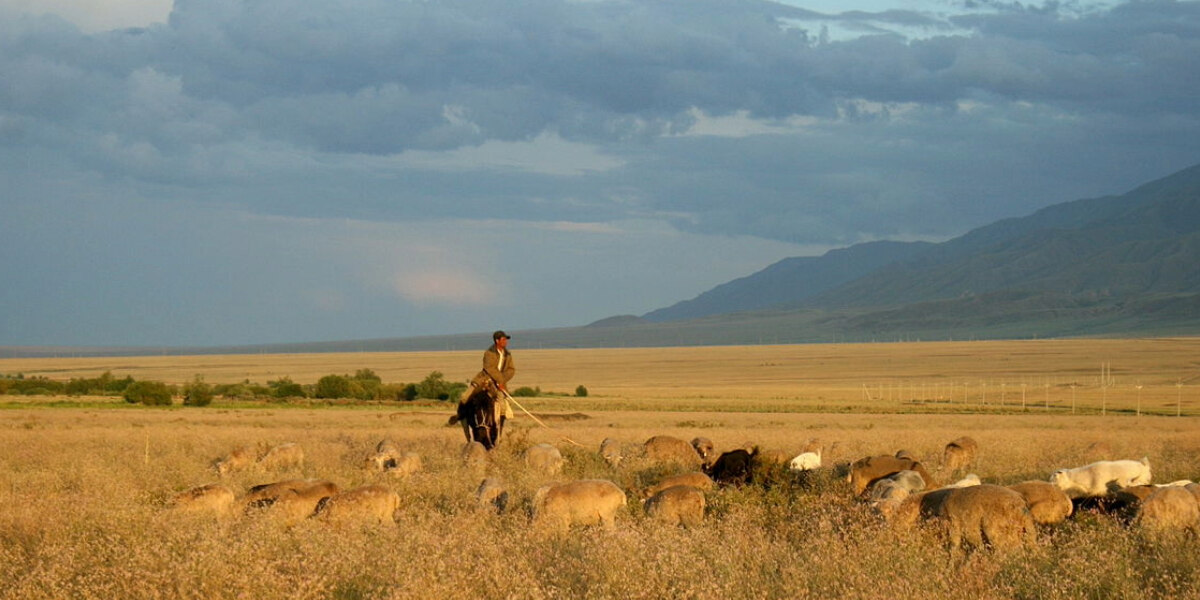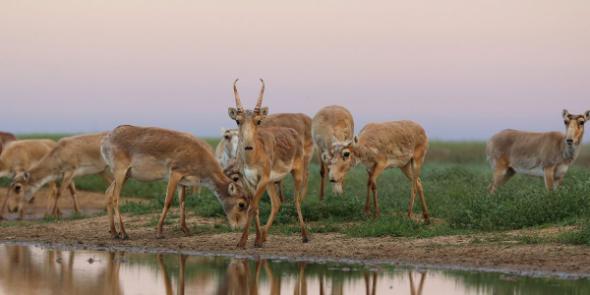
'Environmental Humanities in Central Asia' brings together essays in environmental history, sociology, comparative literature, geography, and anthropology, to illustrate how humans have related to other organisms and landscape features in four broadly defined ways. Dr Beatrice Penati discusses the book more in this blog!
Students of modern and contemporary Central Asia are familiar with the history and consequences of resource extraction in the region, from the desiccation of the Aral Sea to the risks posed by high-altitude mining in Kyrgyzstan. Yet relations to and within the environment in this part of the world cannot be reduced to declensionist narratives, just as they cannot be subsumed by power dynamics alone.
Under the editorship of Jeanne Féaux de la Croix, a social anthropologist based at the University of Bern, Switzerland, and Beatrice Penati, of our own Department of History, Environmental Humanities in Central Asia brings together essays in environmental history, sociology, comparative literature, geography, and anthropology, to illustrate how humans have related to other organisms and landscape features in four broadly defined ways: beside extraction, the chapters discuss paternalism and protection, perceived threats from nature, and the ‘enspiritedness’ of some natural objects.
The book is the fruit of a long-standing dialogue, sometimes dating back to 2015, between scholars from very different academic traditions and backgrounds, from US-based environmental INGO leaders to Kazakhstani anthropologists. Between them, they cast light on topics as disparate as horse conditioning for traditional racing (baĭge), the economy of apricots along a contested border, the near-extinction and protection of wild antelope (Saiga tatarica), and human-insect hybrids in Soviet Qazaq novels. Together, the essays display the state of the field in Central Asia and suggest possible further avenues of enquiry.

How did Soviet archaeologists participate in hubristic irrigation plans in Central Asia? What ideas about the natural order underpin the way a horse is conditioned ahead of traditional racing (baĭge)? Why did concerns about pasture depletion fail to coalesce in late Soviet Kazakhstan? Did Tajik cartoonists satirise dam construction? Can citizen science help rural and urban communities facing severe pollution? How can a scholar avoid fuelling ethnonationalism when integrating the perspective of Kyrgyz ‘experts on traditions’ (saltchylar)?
Check out these topics – and more – in this new book.